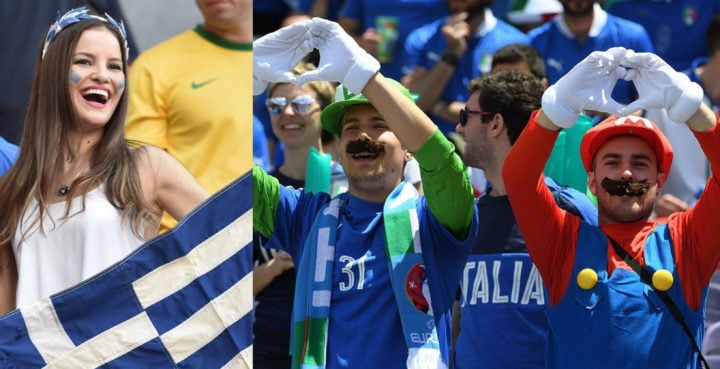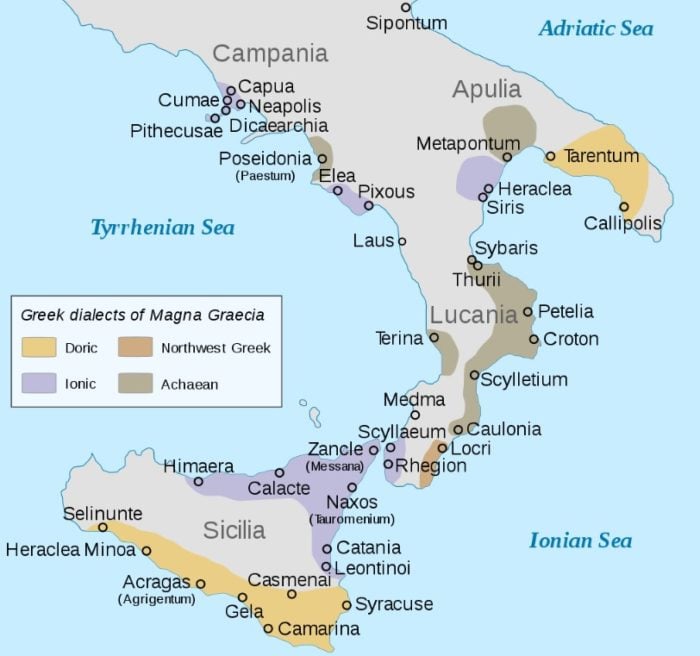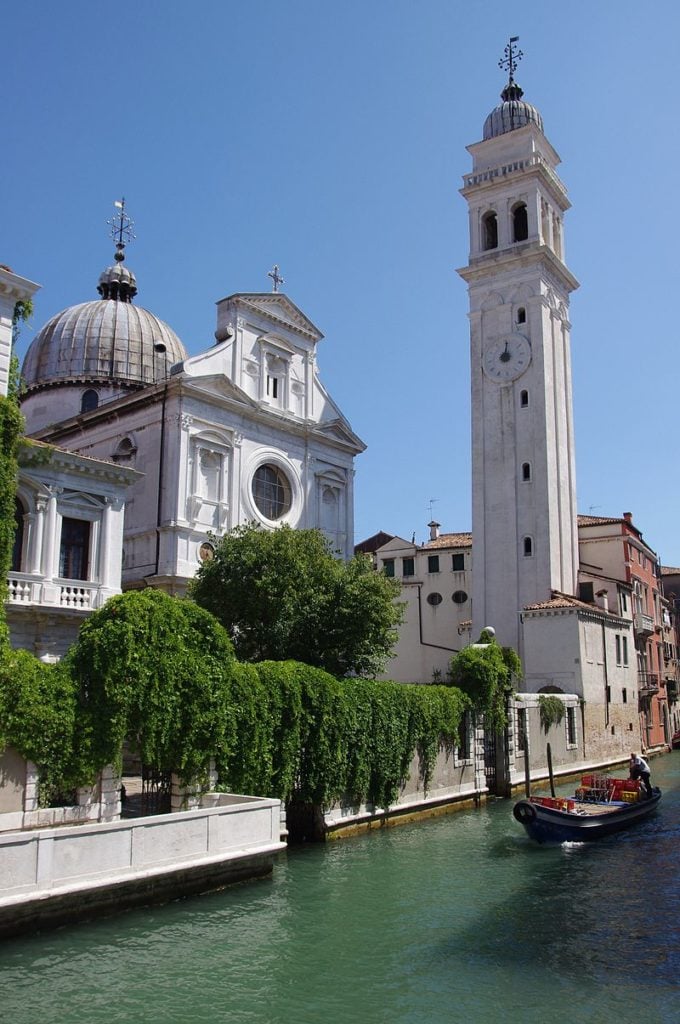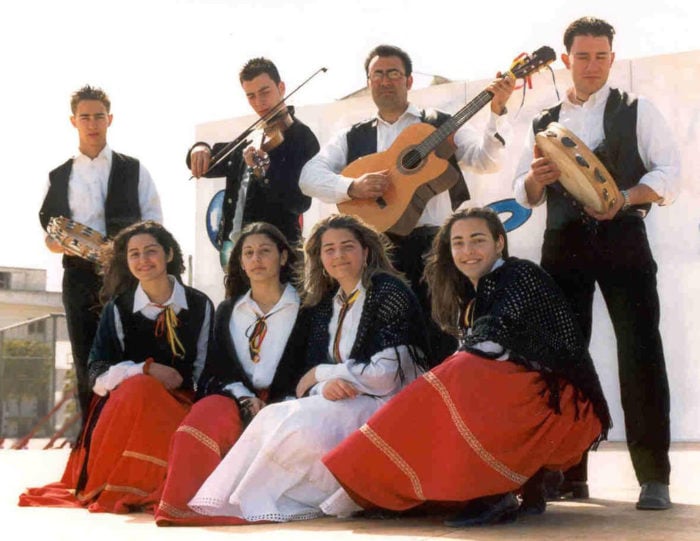
From cuisine, physical appearance, and linguistic similarities, to their massive cultural interrelationship, Greeks and Italians have so much in common, that one would need years to itemize each and every aspect of the bonds these two proud nations share with each other.
However, there is a famous Italian phrase that refers to Greeks, and epitomizes this close relationship and the bonds of fraternity which undeniably exist among the Greeks and the Italians:
”Una Faccia, Una Razza.”
Literally translating to ”One face, one race,” and with its Greek variation being ”Mia fatsa, mia ratsa,” (μια φάτσα μια ράτσα) this beautiful Italian phrase incorporates the reality of centuries of history and cultural ties that Greek and Italian people share together.
The phrase focuses on the fact that many Italians and Greeks look so much alike, that it is a self-evident proof that these two people belong to the same ethnic group.
Although somewhat exaggerated, this is not completely wrong.
Modern DNA research has shown that many people living now in southern Italy share almost identical genetic information with a majority of the people who currently live in metropolitan Greece.
And how could that not be true, since wave upon wave of Greek people throughout history has traveled, lived and prospered in the areas of southern Italy, and Sicily in particular.
Magna Graecia: the story of Greeks in Italy
The story of the Greek presence in Italy, and consequently the beginning of the recorded relations between these two people, began between the 8th and the 7th centuries BC.
At that period, Greeks from across the Hellenic lands and Asia Minor began their journeys to the unknown, in what eventually became the Greek colonization of antiquity.
Many areas across the eastern coast and southern tip of the Italian peninsula, including most of the island of Sicily, were gradually inhabited by Greek populations, who established their cities in vast areas of what is now the Italian homeland.

Throughout the years of antiquity, and up until the fall of Byzantine rule in southern Italy around the eleventh century AD, the southern part of the peninsula had always been a predominantly Greek place — both culturally and linguistically.
The Romans used another phrase that has even survived to this day, to describe what they viewed as a second Greece established in their backyards: ”Magna Graecia.”
This term literally means ”Greater Greece,” and those who invented the phrase were more than correct in using it.
The south of Italy somehow managed to retain its unique, distinctive Greek character, despite centuries of political and religious unrest in the region.
Greeks and Italians in the Middle Ages
Beginning with the decline of the Byzantine Empire during the 11th century and culminating with the dark day — for Hellenism — the fall of Constantinople in 1453, scores of Greeks again left their homes and found safe refuge in Italy.
Comprised of predominantly wealthy and educated people, but also some working-class families as well, they fled Greece to live in northern and southern Italy.

Even the great city of Venice, for example, became a new Greek hub, where scholars, architects, politicians, artists, and philosophers played a crucial role in the revival of ancient Greek and Roman intellectual disciplines and traditions, leading to the flourishing of the Renaissance.
Once again, the Italian peninsula found itself playing the role it had played so many centuries in the past: It was the first place Greeks would flee to, in order to survive and prosper, each time their motherland suffered from unrest and war.
Modern times: the Griko people of Italy
However, the centuries between the Middle ages and our times were a period of massive ”Italization” of the Greeks living on the peninsula.
Gradually but inexorably, year after year and decade after decade, the Greeks of Italy became more and more incorporated into the Italian reality, losing their language and even their Orthodox Christian faith, by converting to Catholicism.
However, small areas of pure Greek identity somehow managed to survive throughout the centuries, in many parts of Southern Italy, and especially in the regions of Calabria, Apulia, and Salento.

Thousands of people, without any support from the official Greek state somehow were able to preserve their customs, their traditions, and their unique dialect: Griko.
Although numbering very few today, people who call themselves “Griko” still live in parts of Southern Italy.
Their exact number is not clear, but some suggest there cannot be more than 50,000 in total who belong to this ethnic and cultural group.
The Italian state has recognized the Griko people not only as a linguistic minority in the country but as an ethnic Greek minority as well, bestowing on these distinct people a status of which they should be justifiably proud.
Today, the Griko are reduced in numbers, but they are still the impressive, living remnants of a past that goes back thousands of years when southern Italy was actually part of ”Greater Greece,” a place of ancient history and beauty.
See all the latest news from Greece and the world at Greekreporter.com. Contact our newsroom to report an update or send your story, photos and videos. Follow GR on Google News and subscribe here to our daily email!



